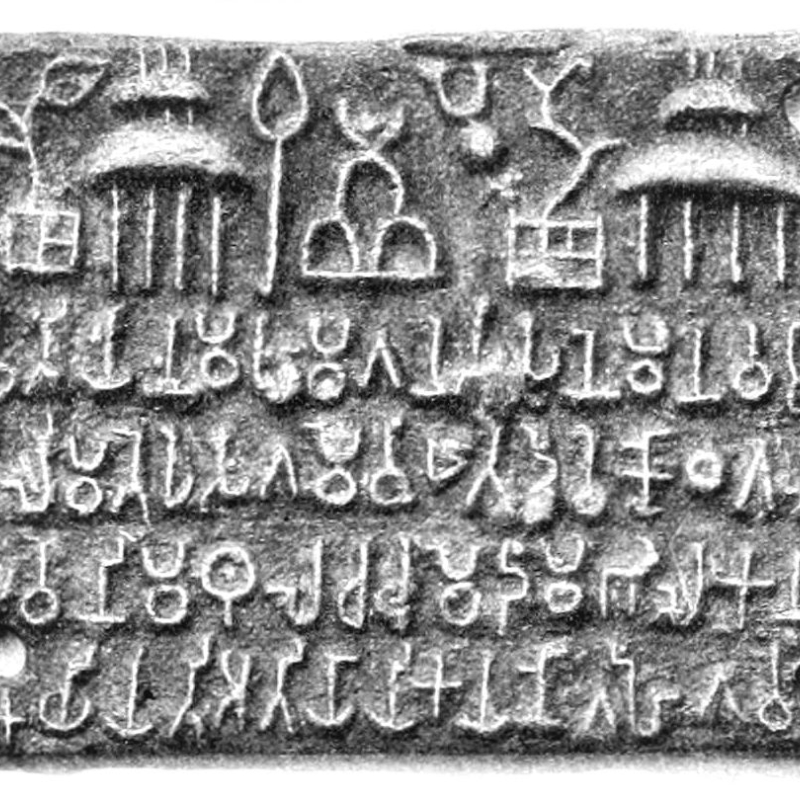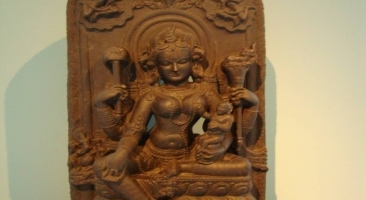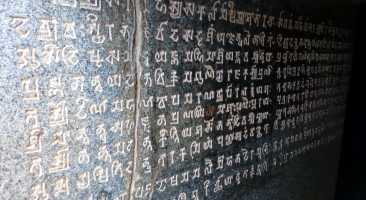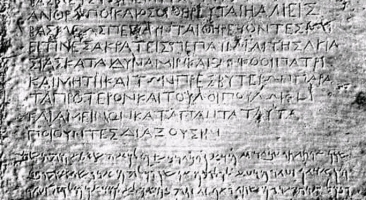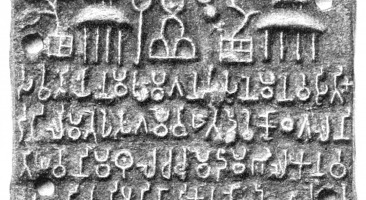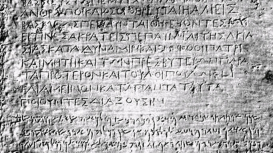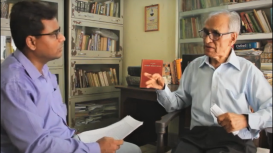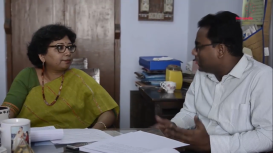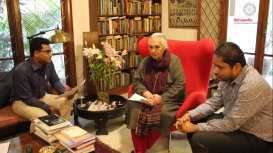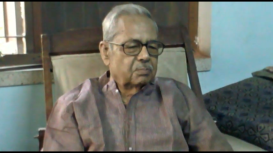The word epigraphy, for the study of inscriptions, is derived from two Greek words viz., epi meaning ‘on or upon’ and graphie meaning ‘to write’. Inscriptions are of different types, such as royal proclamations, donative records, land grants, prasastis (eulogistic inscriptions commissioned by rulers and written by court poets), pilgrim’s records and so on, and are found in various languages and scripts. They could be written on stone, copper plate, coins made of different metals, etc.
Among the written archaeological sources, epigraphic documents have generally been considered the most reliable as they are often contemporary to the period they talk about and, unlike textual sources, they have not been subjected to revisions and interpolations. The huge corpus of epigraphic literature found from different parts of the Indian subcontinent forms a major source for understanding various aspects of early Indian society, religion, economy and culture, besides dynastic and political history. Epigraphic sources have been used extensively for reading early Indian history. Indian epigraphy is a very specialised area of study in itself and also a principal medium for understanding India’s past.
